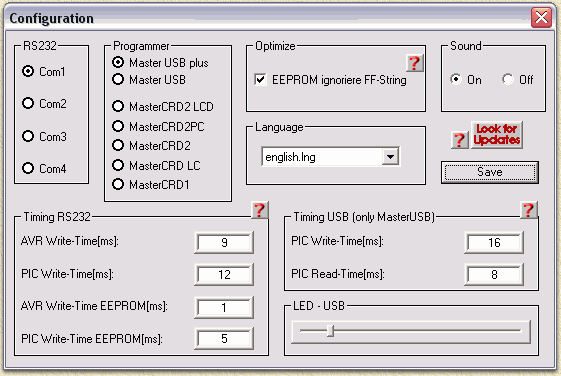
The security of the system depends on a few things: Each chip will have it’s own non-volatile memory (requires no battery), computer programs and a small central processing unit (CPU). We don’t really know what’s there unless we hack into the chip, because it’s all kept secret. Other information is also stored on the chip – subscriber ID, subscription details, billing details, censorship filters and so on. When the card is inserted, the chip is plugged into the decoder, allowing the CAM to get the decryption key. You can see electrical contacts on the chip. The smartcard is a plastic card with a chip - much like a modern credit card. Some decoders have the smartcard built-in already, so there is no external slot. The subscriber plugs a smartcard into his/her decoder, which decrypts the signal so programs and films can be displayed on the screen.


The pay-TV provider encrypts the digital signal sent to the subscriber with an encryption key. I’m not going to speculate on the reasons why a supplier of Conditional Access Systems – the technology that allows paid-TV providers to restrict access to their broadcasts – would want to undermine the security of their own product but I am going to discuss how such systems work, and how secure they are.Ī Conditional Access Module (CAM) is a combination of encryption keys, smartcards and electronics and computer code inside a satellite or cable-TV receiver (or “decoder”).

Over the last couple of days a small furore has erupted over allegations a News Corp subsidiary, NDS, has been hacking the pay-TV smartcards of News Corp’s competitors, and even News Corp’s own companies – allegations that NDS vigorously denies.


 0 kommentar(er)
0 kommentar(er)
